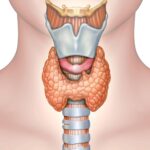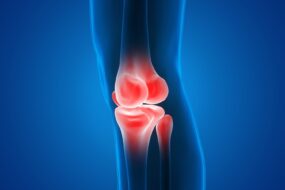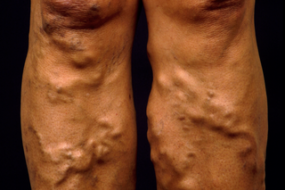SIADH is a disorder caused by the inability to suppress the production of antidiuretic hormone (ADH).
Pathophysiology;
-ADH secretion causes retention of water by the kidney in the absence of an appropriate stimulus. Urine osmolality becomes higher than that of plasma.
-Water retention causes increased atrial natriuretic peptide (ANP) and brain natriuretic peptide (BNP) and decreases aldosterone. Euvolemic hyponatremia results.
-Osmotic fluid shifts may cause cerebral oedema and raised intracranial pressure.
Aetiology;
1. CNS disorders- stroke, trauma, psychosis, infection, porphyria
2. Pulmonary disorders- pneumonia, obstructive lung disease, TB
3. Malignancy- ectopic production by a small cell cancer of the lung is the most common. Others include olfactory neuroblastoma, head and neck cancers, extrapulmonary small cell carcinoma s
4. Drugs- psychotropics, anticonvulsants, opiates, antidepressants, cytotoxics, oral hypoglycemic agents
5. Surgery- due to pain. Transsphenoidal pituitary surgery is also a common cause
6. HIV infection
7. Hereditary SIADH
8. Exogenous administration of vasopressin
9. Idiopathic
Clinical presentation
Chronic hyponatremia is primarily asymptomatic. The likelihood of symptoms depends on the speed of development of hyponatremia rather than the severity.
- Mild – anorexia, nausea, vomiting, muscle cramps, headache
- Moderate- confusion, delirium, muscle weakness, lethargy
- Severe- seizures, altered consciousness, coma
Signs and symptoms of the underlying disorder
- Mild- 130-135mmol/L of sodium
- Moderate- 125-129mmol/L
- Severe<124mmol/L
Diagnosis
- Clinical euvolemia, with no recent use of diuretics
- Absence of adrenal, thyroid, pituitary or renal dysfunction
- Low plasma sodium typically< 130mmol/L
- Low plasma osmolality< 275 mOsmol/kg
- Urine sodium >30 mmol/L
- Urine osmolality of> 100 mOsmol/kg
- Low to normal plasma urea, uric acid, creatinine
- Chest x-ray, CT head or MRI brain to confirm the underlying cause
- Exclude other causes of hyponatremia
Treatment
-It is dependent on the rate of development of hyponatremia
- If hyponatremia has developed acutely( < 48 hours), institute 3% sodium chloride infusion. Monitor the patient; ICU monitoring may be required
- Correction of sodium in chronic asymptomatic hyponatremia should not exceed 10 mmol/L/24 hours
- Fluid restriction to 600-1000ml/24hours. Adjust based on the patient’s response
- Manage the underlying cause
Pharmacologic therapy;
- Oral urea therapy- provides a solute load to promote water excretion
- Oral vasopressin receptor antagonist- e.g tolvaptan
- Low dose loop diuretics
Differential diagnosis
- Primary polydipsia
- Excessive electrolyte-free water infusion
- Hypothyroidism
- Other causes of hyponatremia












